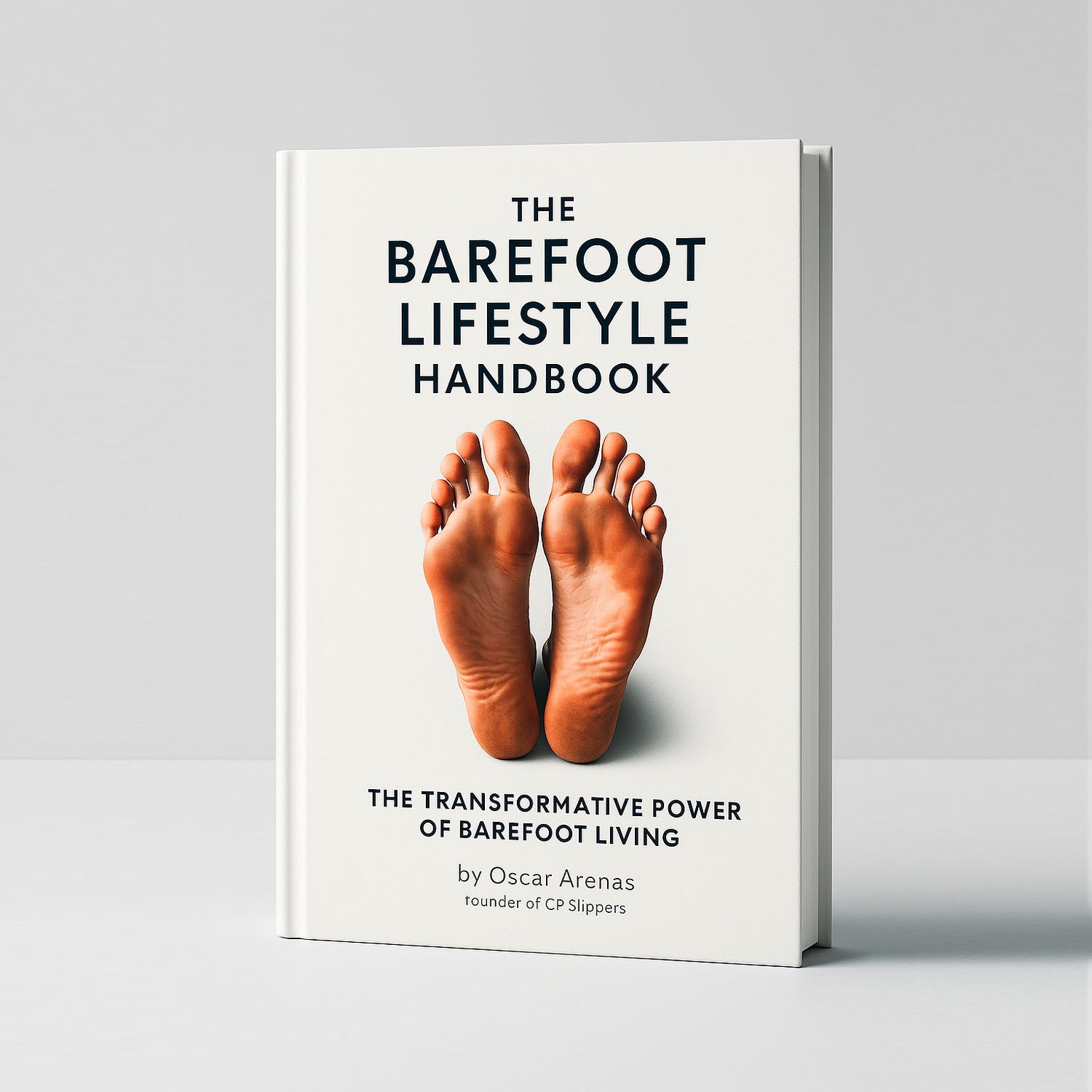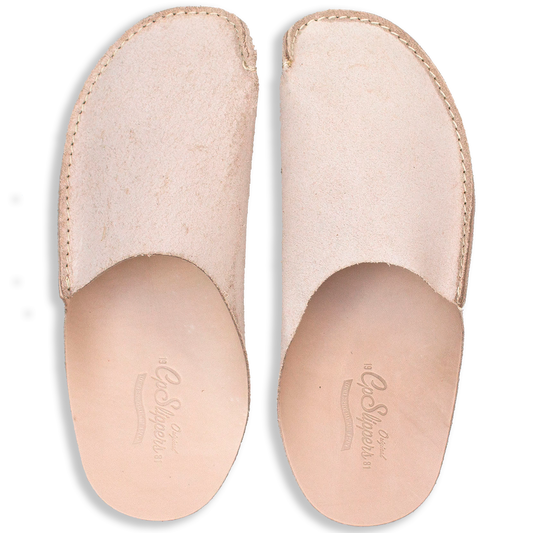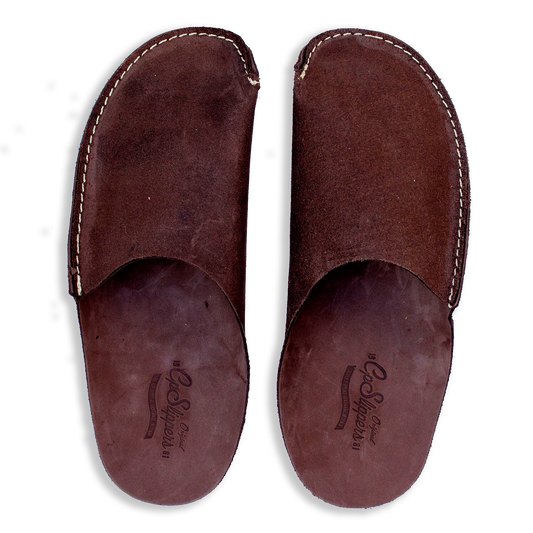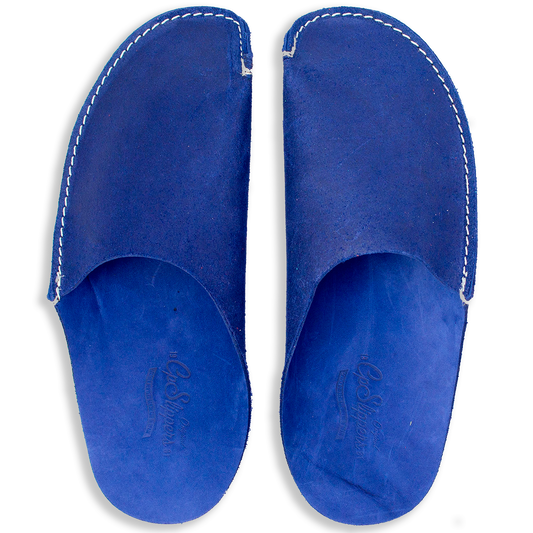A historical journey from ancient civilizations to modern-day barefoot enthusiasts.
A cultural and historical journey from antiquity to today
The human story starts on foot. Our predecessors walked straight on the Earth, customizing their feet to the rhythms and textures of the natural world long before shoes were made from leather, bark, or woven grass. The history of barefoot walking reflects cultural identity, spiritual symbolism, and societal change rather than only physical mobility.
Ancient roots: Purity, power, and the sacred earth
Going barefoot was frequently far more than just a question of convenience in prehistoric societies. It was rather significant, a deliberate deed expressing respect, humility, or power.
-
In Ancient Egypt, high priests entered temples barefoot as a sign of purity when performing sacred rites. Their unshod feet signaled a direct connection to the divine realm.
-
In Hinduism and Buddhism, the tradition of removing shoes before entering temples or homes persists to this day — an act rooted in ancient beliefs about cleanliness, sacredness, and respect.
-
The Greeks, particularly in the early Olympic Games, celebrated physical excellence by competing barefoot. The unshod athlete became a symbol of natural ability, discipline, and harmony with the Earth.
Walking barefoot in these early civilizations was a statement of spiritual clarity, physical fitness, and cultural identification rather than a sign of poverty.
Indigenous traditions and the barefoot way of life
From the plains of Africa to the jungles of South America and the islands of the Pacific, countless indigenous people lived barefoot not only out of need but also as part of a very close interaction with their surroundings.
Their barefoot lifestyle revealed a close understanding of terrain, temperature, and natural rhythms. Many of these societies considered shoes to be useless or even harmful since they reduced the sensitivity required for farming, hunting, or safe terrain mobility.
For millennia, this manner of life persisted until colonial armies arrived bearing not just fresh languages, faiths, and laws but also the idea that wearing shoes was a trademark of "civilization."
Colonization and the rise of footwear as status
To colonists, walking barefoot was a sign of primitiveness. Shoes evolved as tools of cultural integration, pushed on local people to represent conformity, modernism, and obedience.
Barefoot youngsters were required to don shoes in missionary schools. Courts, churches, and colonial institutions enforced the use of shoes as "proper" clothing. Once a cultural standard, the absence of traditional footwear created a void that demanded rectification.
This historical change signaled the start of a psychological distance: the belief that being naked was less than, inferior, even humiliating.
Industrialization and the era of the shoe
From a luxury to a commodity, industrialization changed shoes by the 19th and 20th centuries. Factories produced shoes at a never-seen rate, making them reasonably priced for the general public. Fashion proliferated. Ingredients changed. Shoes evolved from just protection to a statement of class, fashion, and individuality.
Mass manufacturing brought unanticipated effects, nevertheless. Shoes were becoming more rigid, ordered, and constrictive. Padding and arch support replaced the bending, grasping, and detecting natural mechanics of walking barefoot. And we lost a sense of what it meant to feel the ground underneath us over time.
The barefoot renaissance
Emerging within a larger trend toward wellness, sustainability, and connectedness with nature recently is the modern barefoot movement. Folks are once more asking: From common folks investigating minimalist footwear to barefoot runners motivated by the Tarahumara people of Mexico.
"What happens when we knock down the barrier separating us from the Earth?"
Only accelerating this change is scientific study on earthing, natural biomechanics, and the health consequences of traditional footwear. Originally a side interest, this fringe curiosity is now sparking a global conversation about our movement, way of life, and connections.
Full circle: Learning from the past to walk into the future
Barefoot walking has a cyclical rather than linear history. Every age has justifications for either adopting or rejecting the barefoot way of life. Our instinctual link to the ground, to the actual, raw textures of the Earth, is nevertheless constant.
Looking back at barefoot customs in prehistoric society and indigenous tribes, we learn lessons in simplicity. And in the emergence of modern barefoot advocacy, we observe a want to recover that wisdom—not only for health, but for balance, presence, and authenticity.






